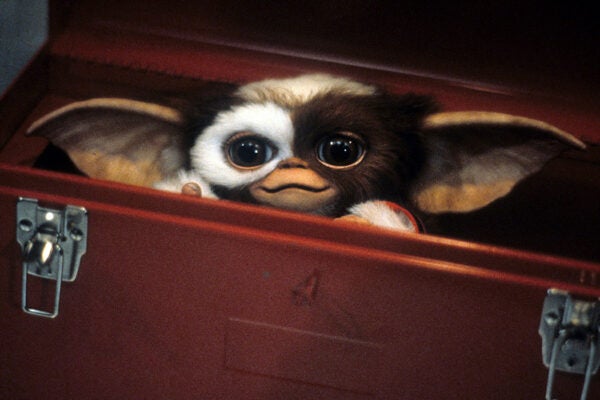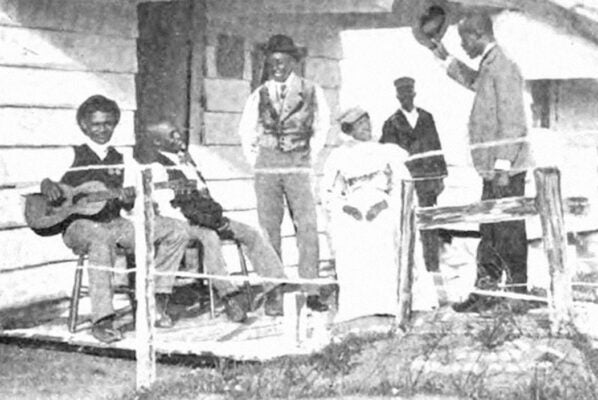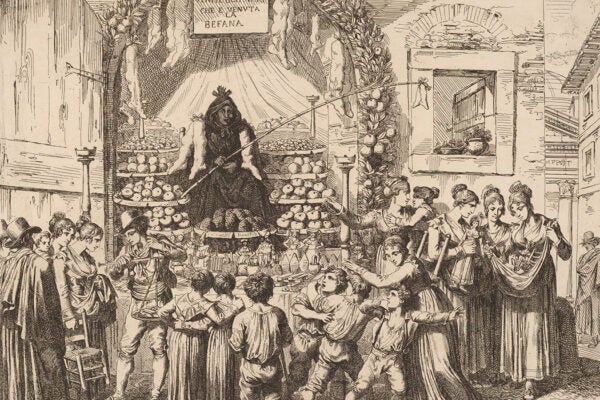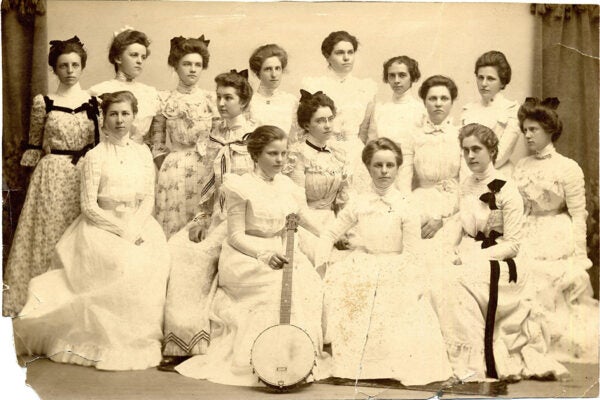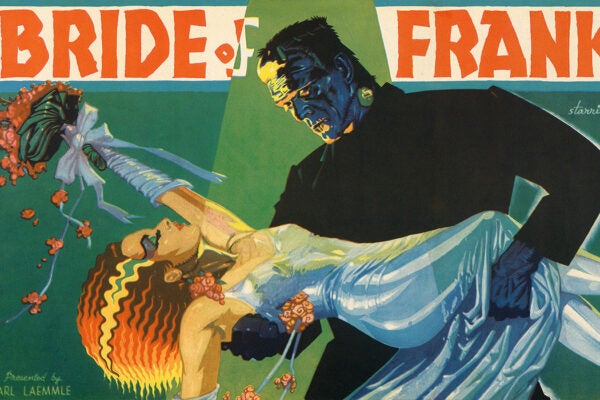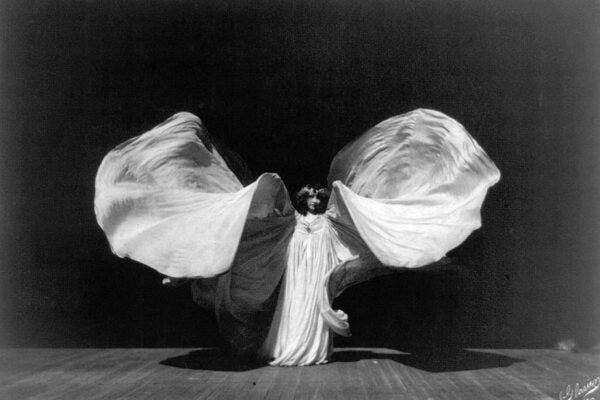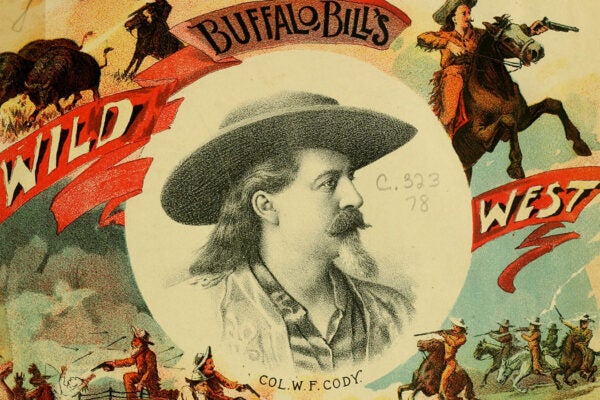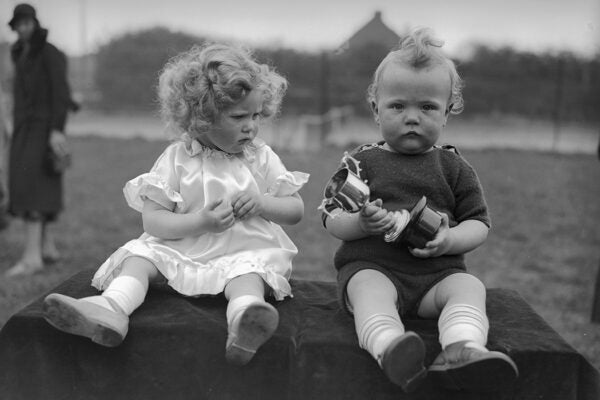PG-13: Some Material May Be Inappropriate
The creation of the PG-13 rating in 1984 can be traced to a few key films: Poltergeist, Indiana Jones and the Temple of Doom, and Gremlins.
Nate Salsbury’s Black America
The 1895 show purported to show a genuine Southern Black community and demonstrate Black cultural progress in America, from enslavement to citizenship.
A Visit from La Befana
In the Catholic tradition, Epiphany is the day the Three Kings first met Baby Jesus. But in Italy, it’s also the day La Befana shows up with a basket of gifts.
The Nineteenth-Century Banjo
Derived from an instrument brought to America by enslaved Africans, the banjo experienced a surge of popularity during the New Woman movement of the late 1800s.
Bride of Frankenstein
Drawn from the margins of Mary Shelley's 1818 novel, the cinematic Bride of Frankenstein is never just one thing, and she never goes away.
The Serpentine Career of Loïe Fuller
Rising from the ranks of touring comedies and Wild West shows, the American dancer dreamed of a future of light, movement, and metamorphosis.
The Triumphalism of American Wild West Shows
From the 1880s to the 1930s, hundreds of Wild West shows encouraged white audiences to view Native American culture as a rapidly vanishing curiosity.
The Cutting-Edge Cartoons of Winsor McCay
A prolific, meticulous artist, McCay created characters and storyscapes that inspired generations of cartoonists and animators.
Darling or Degrading? Baby Shows in the Nineteenth Century
A stunningly popular form of entertainment, baby pageants promoted the cult of domesticity, showcased maternal pride, and opened a path to fame and wealth.
American Daredevils
The nineteenth-century commitment to thrilling an audience embodied an emerging synergy of public performance, collective experience, and individual agency.

